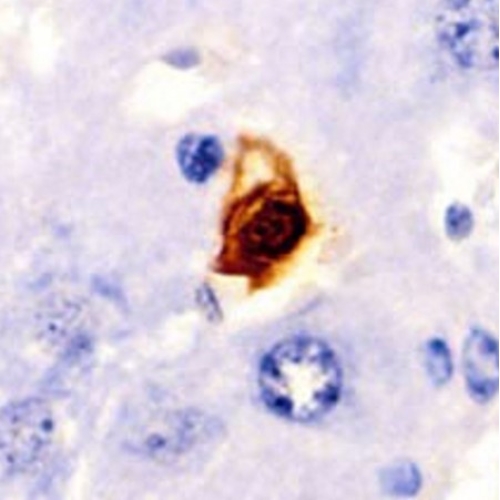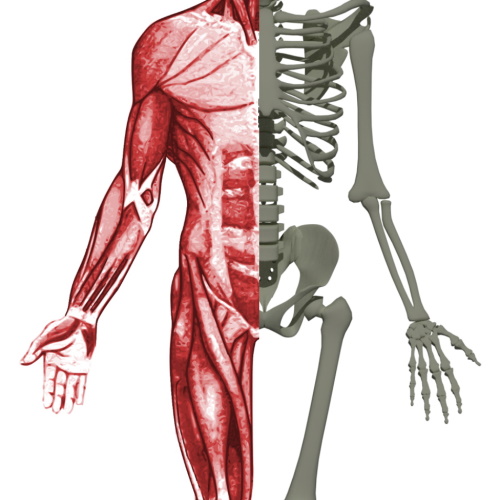Key points from article :
Senolytics showed divergent results between the post-injury muscle regeneration of young (3-month-old) and old (20-month-old) mice.
Dasatinib and quercetin (D+Q) was used to intermittently eliminate senescent cells.
Barium chloride was injected to simulate a muscular injury.
Systemic inflammation was not decreased in young or old mice.
Senescent cell burden was highest in aged mice not treated with senolytics.
More than 90% of the senescent cells were macrophages at 7 days.
By 14 days, the cells had begun expressing more markers of senescence (SASP and p21) in old mice.
Muscle fiber cross-sectional area was increased in older mice treated with D+Q by 28 days.
The reverse was true for young mice, with reduced fiber cross-sectional area associated with D+Q treatment.
D+Q increased muscle stem cell proliferation in age mice while reducing it in young mice.
Clinical trials would be needed to confirm these findings in humans.
Study by University of Kentucky published in Aging Cell.






